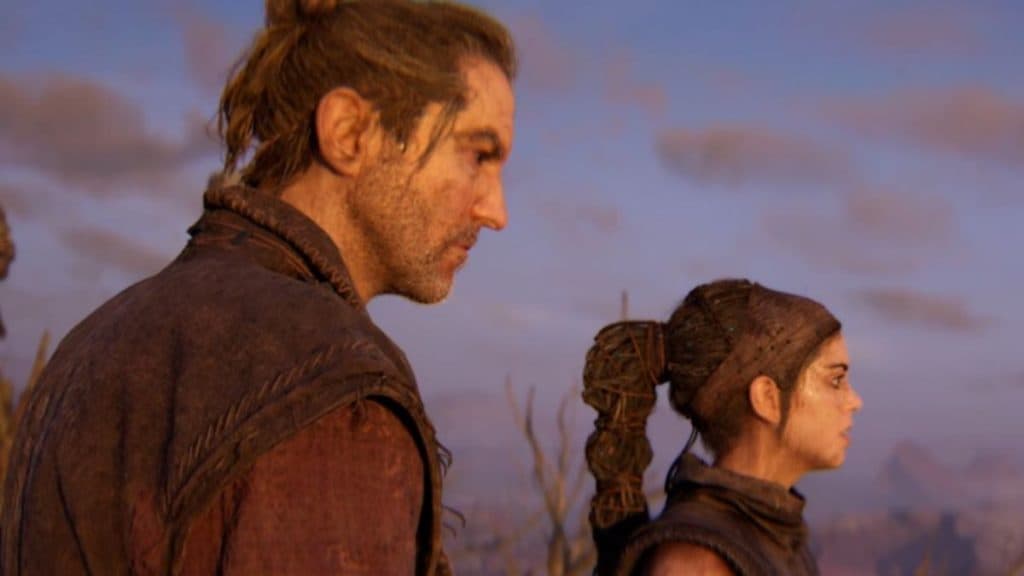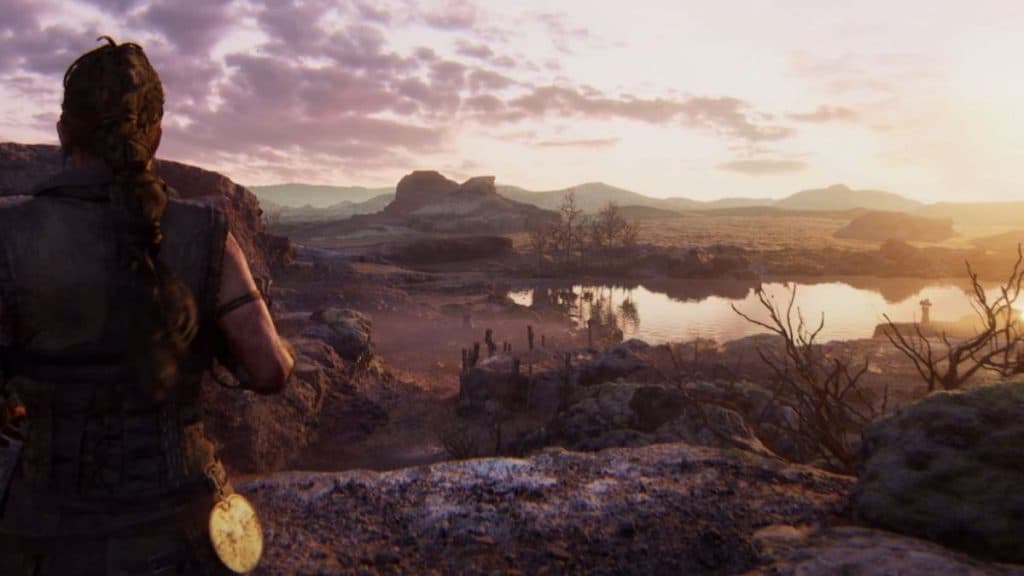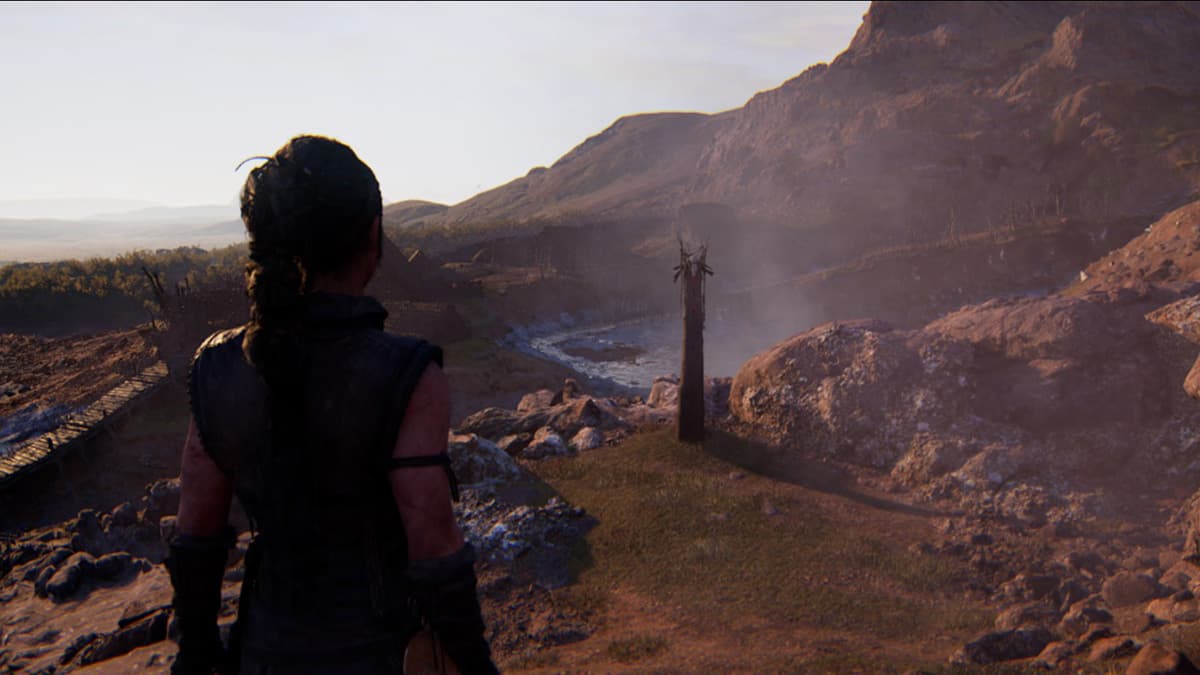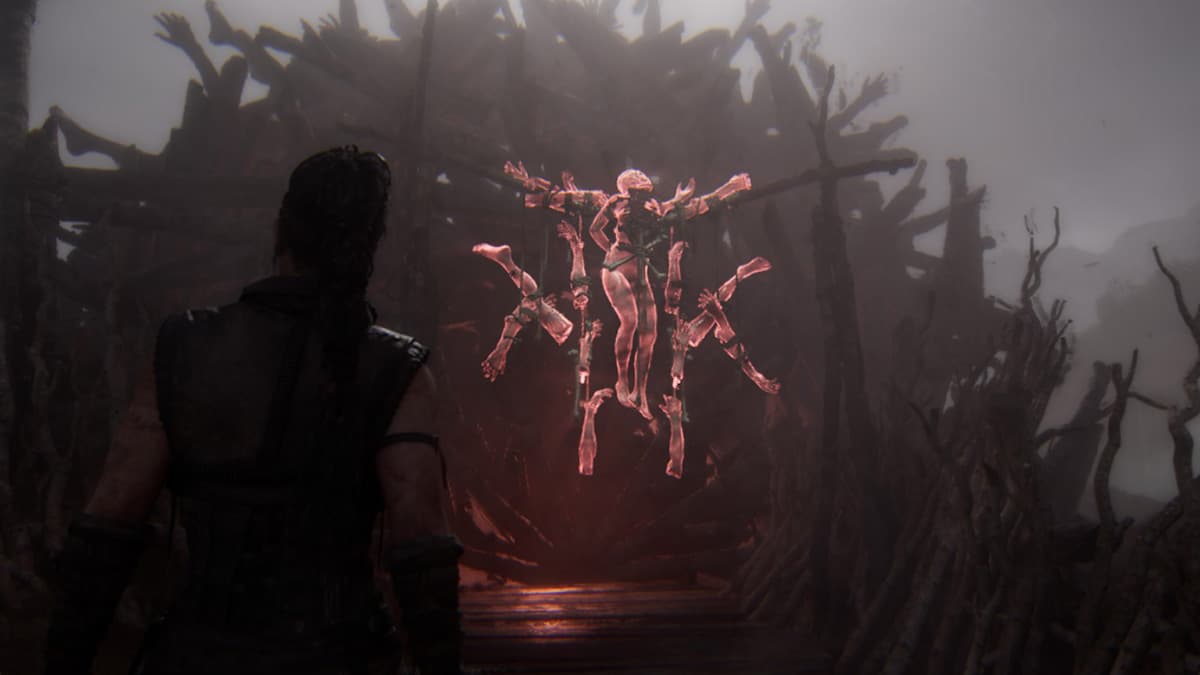Senua’s Saga: Hellblade 2 review – Technical triumph brings total immersion
 Ninja Theory
Ninja TheorySenua’s Saga: Hellblade 2 manages to build its own identity while completely blowing my mind with its technical storytelling.
After seven years of sparse news, Senua’s Saga: Hellblade 2 is finally here. Ninja Theory made sure this sequel does not lag technologically and created a release that is not only visually stunning but engages all my senses at every turn of its narrative.
Hellblade: Senua’s Sacrifice redefined what an indie game could be in 2017. Its release stood in stark contrast to EA’s Mass Effect: Andromeda. Thanks to its technical prowess, meticulous narrative, and overall game design, Ninja Theory set a new paradigm for what we expect from new video games even today.
It might be unfair to expect a sequel to be a true game-changer. But since Larian Studios’ Baldur’s Gate 3 made such a huge impact on the industry, I hoped Senua’s Saga: Hellblade 2 would sweep me away. While it didn’t disappoint, a few details hold me back from calling it a complete GOTY.
Can Senua’s Saga: Hellblade 2 break the paradigm again?
Hellblade 2’s story follows Senua, a Pict warrior who experiences psychosis. This allows her to have a unique perspective on the world, where all her past experiences follow her around in the form of voices that she calls Furies. She’s often pursued by her traumas as well, which usually manifest in the form and sound of her father Zynbel, a druid who killed her mother and abused Senua as she grew up.
During Hellblade: Senua’s Sacrifice, it’s difficult to tell at the beginning if these voices are truly part of reality. They are present in every inch of the narrative, and thanks to the 3D binaural audio, they become invasive whispers that fully immersed me in Senua’s experience of her world.
But this time, Ninja Theory set a clear mandate at the beginning of the story: Senua’s greatest allies are the Furies who constantly voice her doubts but also reassure her during her journey.
However, Hellblade 2 isn’t focused solely on Senua’s inner struggles, but on how she interacts with the world. As her adventure takes her on a quest against those who destroyed her village and enslaved her people, having the Furies in my ears became a welcome sound to guide me when the lack of a HUD disoriented me a little.
Senua’s voices aren’t the only thing that helped me understand this new setting, inspired by 10th-century Iceland, since her adventure takes a quick turn as soon as she starts to interact with people. Since everything you see through her eyes could be distorted, having other characters around gave me a fresh sense of how this story could unfold and who Senua really is outside her inner struggles.
 Ninja Theory
Ninja TheoryThese interactions are also responsible for changing her mission, as she discovers that she’s the key to putting a stop to the monstrous creatures called Duergar and the Giants. These enemies establish an entirely new reality for the warrior, as she embarks on a journey that will help her redefine her role in the world and determine how she can utilize her “powers” to help others.
Balancing visual excellence and gameplay
Ninja Theory has triumphed over the challenges of maintaining video game development over seven years, especially when advances in graphic engines and technical production never take a break. Using Unreal Engine 5 in Senua’s Saga: Hellblade 2 helped them achieve an incredible level of photorealistic detail, even noticeable with the minimum graphic settings.
Hellblade 2 is a game played with the senses, where holophonic audio is key to understanding Senua’s perspective and how she navigates a world where nothing is as it seems. The sound design once again found a way to make me tremble when facing enemies and gave me chills during the most adrenaline-filled scenes of the adventure.
 Ninja Theory
Ninja TheoryBut while visually and audible a triumph, the gameplay raises some doubts. The game’s pacing is unique, and it’s clear that players will have no say in the rhythm at which the story progresses.
This means the progression can feel heavy, something that even combat scenes couldn’t solve. The battles still follow a predetermined and basic pattern, with predictable parries, and rather than offering a challenge, the fights blend into the narrative without providing any memorable moments.
A similar situation occurs with the environmental puzzles. Hellblade 2 tries to play with our senses using perspectives and pareidolia (the psychological illusion that makes you see faces in unexpected places), but they still follow a linear sense. Fortunately, their simplicity stopped me from getting frustrated, allowing me to feel somewhat in control of the game’s rhythm during these events.
 Ninja Theory
Ninja TheoryNinja Theory has also included collectibles that invite players to explore slightly more expansive, though limited, maps. Hellblade 2 doesn’t offer much freedom for exploration, but they encourage players to roam a bit more before continuing with the story. Even so, the temptation of the collectibles doesn’t quite convince me to stray off the beaten path, making them more anecdotal finds.
The verdict – 4/5
I never considered playing Senua’s Saga: Hellblade 2 to experience frantic battles, explosions, and puzzles that would take hours to solve. I chose this adventure because I needed a story that guaranteed total immersion, one that made me not want to put down the controller.
Ninja Theory made this happen thanks to their ability to integrate every technical element as they delivered the narrative. Nothing feels out of place, letting my perception feel part of the world they have presented.
Feeling the weight of the game’s physics is also part of Hellblade 2’s charm. Every punch, jump, and fall of Senua is felt in the center of my chest, allowing me to empathize with the humanity of the character even in completely fantastical circumstances.
The roughly 10-hour duration of Hellblade 2 also adds to this harmony achieved by the story, leaving me with the sense that asking for a few more hours of gameplay would unnecessarily stretch a chapter that ended perfectly.
Senua’s Saga: Hellblade 2 is an experience needed in the video game industry, yet not quite commercial enough to become a viral success. But thanks to this sequel respecting its true essence, it managed to forge an identity greatly needed in the AAA gaming catalog.
Xbox provided a copy of “Senua’s Saga: Hellblade 2” for CharlieIntel to review.
If you want to learn more about exciting releases coming this year, check out our guides below:
Black Myth: Wukong | Dune: Awakening | 2XKO (Project L) | Stalker 2: Heart of Chornobyl | Elden Ring: Shadow of the Erdtree DLC | Grand Theft Auto 6



